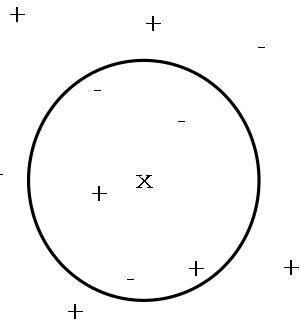k-Nearest Neighbor Learning
- Assume all instances correspond to point in n-dimensional
space.
- Store all training examples $\langle x_i, f(x_i)
\rangle$.
- Given that an instance $x$ is described by its feature vector
\[
\langle a_1(x),a_2(x)\ldots a_n(x)\rangle
\]
we define the distance as
\[
d(x_i,x_j) \equiv \sqrt{\sum_{r=1}^{n}(a_r(x_i)-a_r(x_j))^2}
\]
- Nearest Neighbor: To classify a new instance $x_q$
first locate nearest training example $x_n$, then estimate
$\hat{f}(x_q) \leftarrow f(x_n)$
- $k$-Nearest Neighbor Take a vote among the $k$
nearest neighbors, if discrete $f$. If continuous $f$ then
take mean \[\hat{f}(x_{q}) \leftarrow \frac{\sum_{i=1}^{k}f(x_{i})}{k}\]
José M. Vidal
.
2 of 18
